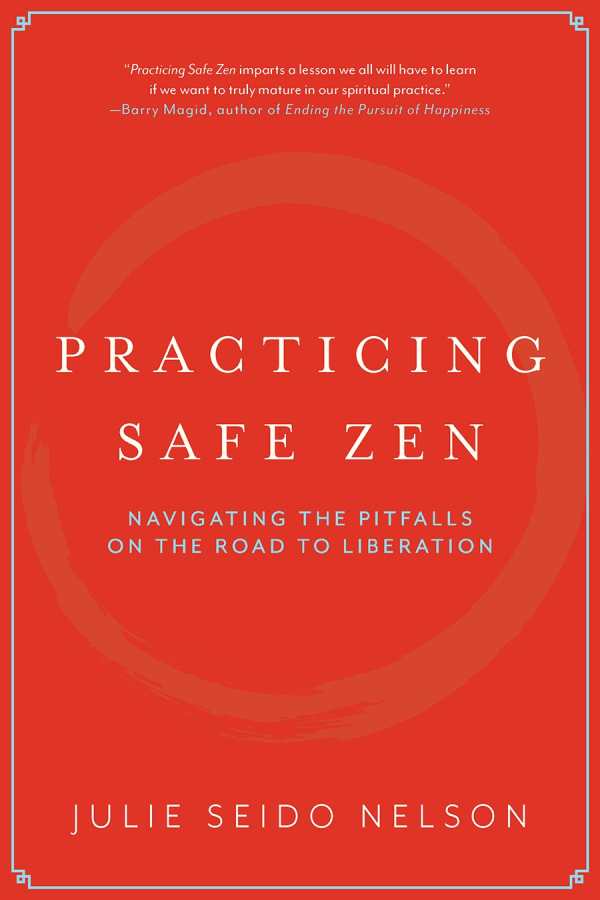Practicing Safe Zen
Navigating the Pitfalls on the Road to Liberation
Sensei Julie Seido Nelson’s religious guide and exposé Practicing Safe Zen suggests practical ways to maximize the benefits of Zen practice and minimize its risks.
While arguing for the benefits of a sincere, devoted Zen practice, the book is candid in revealing how Zen practice became a breeding ground for sexual, emotional, and financial malfeasance on the part of unethical teachers. Based on in-depth knowledge of Zen practice and firsthand experience of the shattering effects of such abuse, it cites the inherent imbalances in teacher-student relationships and gives examples of how trust in a teacher’s guidance can lead people to ignore red flags. Moreover, for Western students of Zen, it says that unfamiliarity with Eastern philosophies can make it difficult to evaluate experiences and self-protect.
Further contributing to various problems, the book argues, are Zen’s traditional hierarchical structures, its tendency to authoritarianism, physical problems due to the prolonged holding of unfamiliar postures, and the emotional issues that can surface during long periods of silence and meditation. It also makes a cogent argument that students’ fantasized views of the meaning of enlightenment and tendency to cult-like belief in the integrity of their teachers, no matter their transgressions, create situations that result in trauma.
Interspersed with inspirational Zen teachings are eye-opening stories that reveal how Zen sanghas (communities of Buddhist practitioners) faced abuses of authority. The example of a sangha brought to its knees by scandal, and its struggle to survive and create a healthy environment for practice, is written with respect for the tradition and palpable sadness that a beautiful ancient spiritual practice could be used for harm.
The insightful religious guide Practicing Safe Zen warns of the dangers of religious abuse and suggests ways to build safe, compassionate sanghas.
Reviewed by
Kristine Morris
Disclosure: This article is not an endorsement, but a review. The publisher of this book provided free copies of the book to have their book reviewed by a professional reviewer. No fee was paid by the publisher for this review. Foreword Reviews only recommends books that we love. Foreword Magazine, Inc. is disclosing this in accordance with the Federal Trade Commission’s 16 CFR, Part 255.

